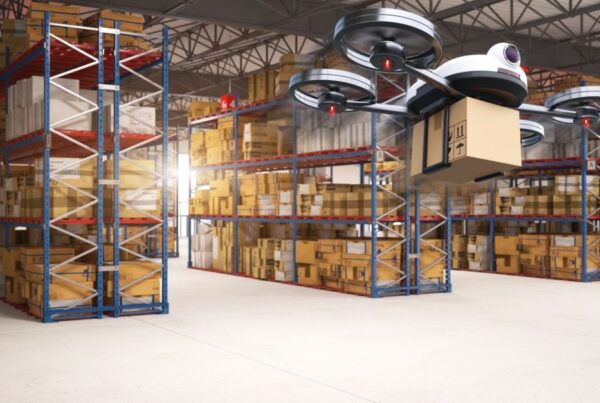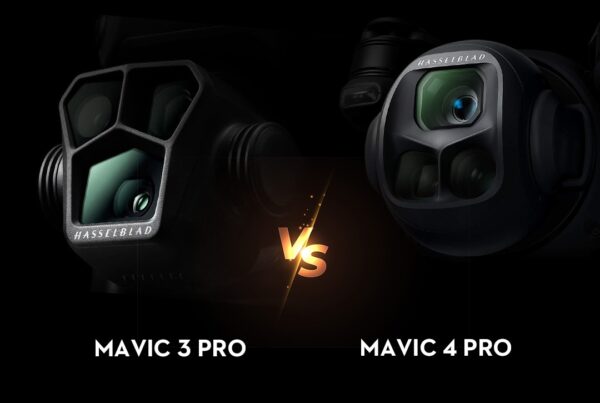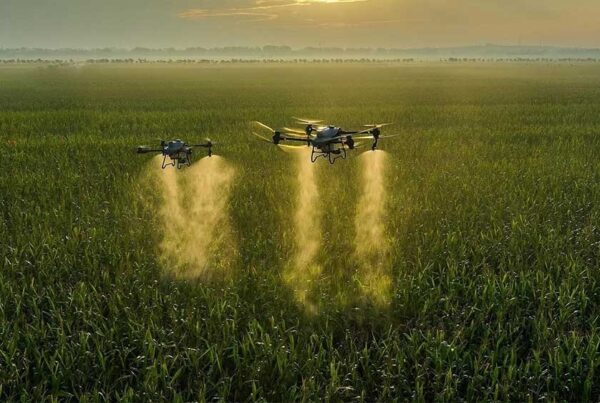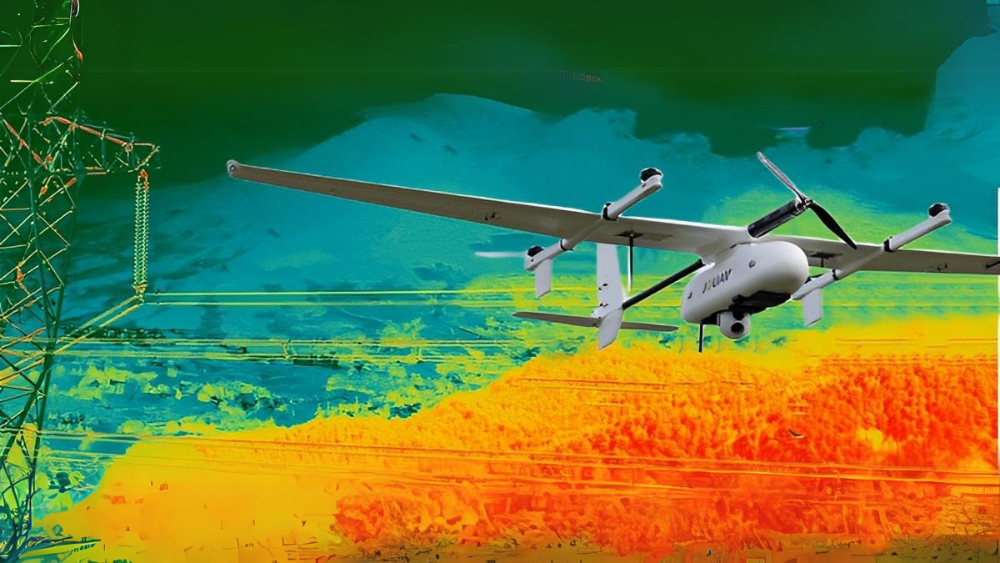
Introduction
The advent of drone technology has ushered in a new era across various industries, revolutionizing the way operations are conducted from aerial photography to precision agriculture. Among these advancements, thermal drones have emerged as a game-changer, equipped with thermal imaging capabilities that allow for detailed and insightful observation not possible with standard cameras. This blog post explores the realm of thermal drones, focusing on innovative products like the DJI Mavic 3 Pro, DJI Mavic 3 Thermal, DJI Matrice M30T, DJI Matrice 300 RTK, Autel EVO II Dual 640T, and Zenmuse H20T. Each of these drones brings unique features to the table, catering to different enterprise needs, from security and surveillance to agricultural and environmental monitoring.
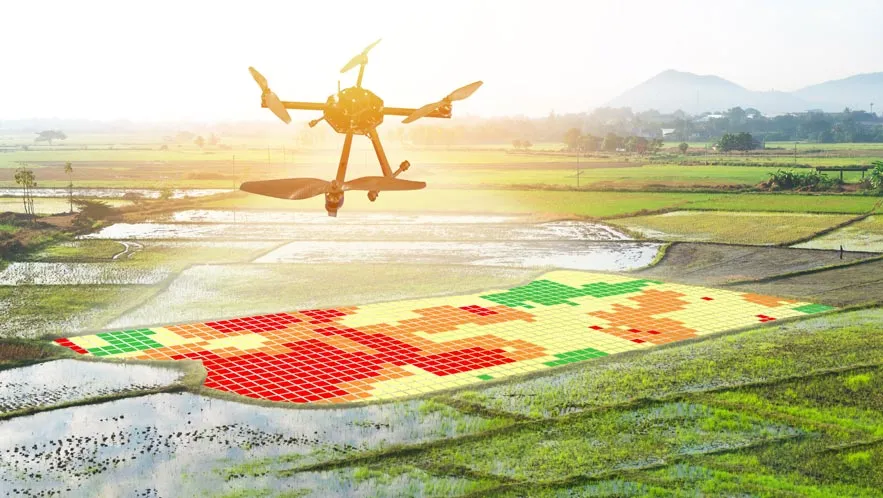
Understanding Thermal Drones
At the heart of thermal drones is thermal imaging technology, which captures images based on heat emissions from objects, rather than relying on visible light. This technology enables the detection of heat variations, making it invaluable in scenarios where visibility is low or objects need to be identified based on their temperature. Thermal drones leverage this technology, flying over areas to capture detailed thermal images from perspectives unachievable by traditional methods.
The superiority of thermal drones lies in their versatility and ability to provide critical data in real-time. Unlike conventional surveillance methods that may struggle in poor visibility conditions such as fog, smoke, or darkness, thermal drones operate effectively, offering clear thermal images. This capability not only enhances the efficiency of operations but also significantly increases safety, especially in search and rescue missions or when inspecting hazardous environments.
Applications of Thermal Drones
Thermal drones have carved a niche for themselves across a myriad of sectors due to their unparalleled ability to capture and analyze data. Here are some of the key areas where these innovative tools are making a significant impact:
Search and Rescue Operations
In emergency situations, every second counts. Thermal drones have become indispensable in search and rescue missions, providing rapid, aerial heat-signature detection of individuals in challenging terrains or under poor visibility conditions. By cutting down search times, they significantly enhance the chances of survival for those lost or in distress.
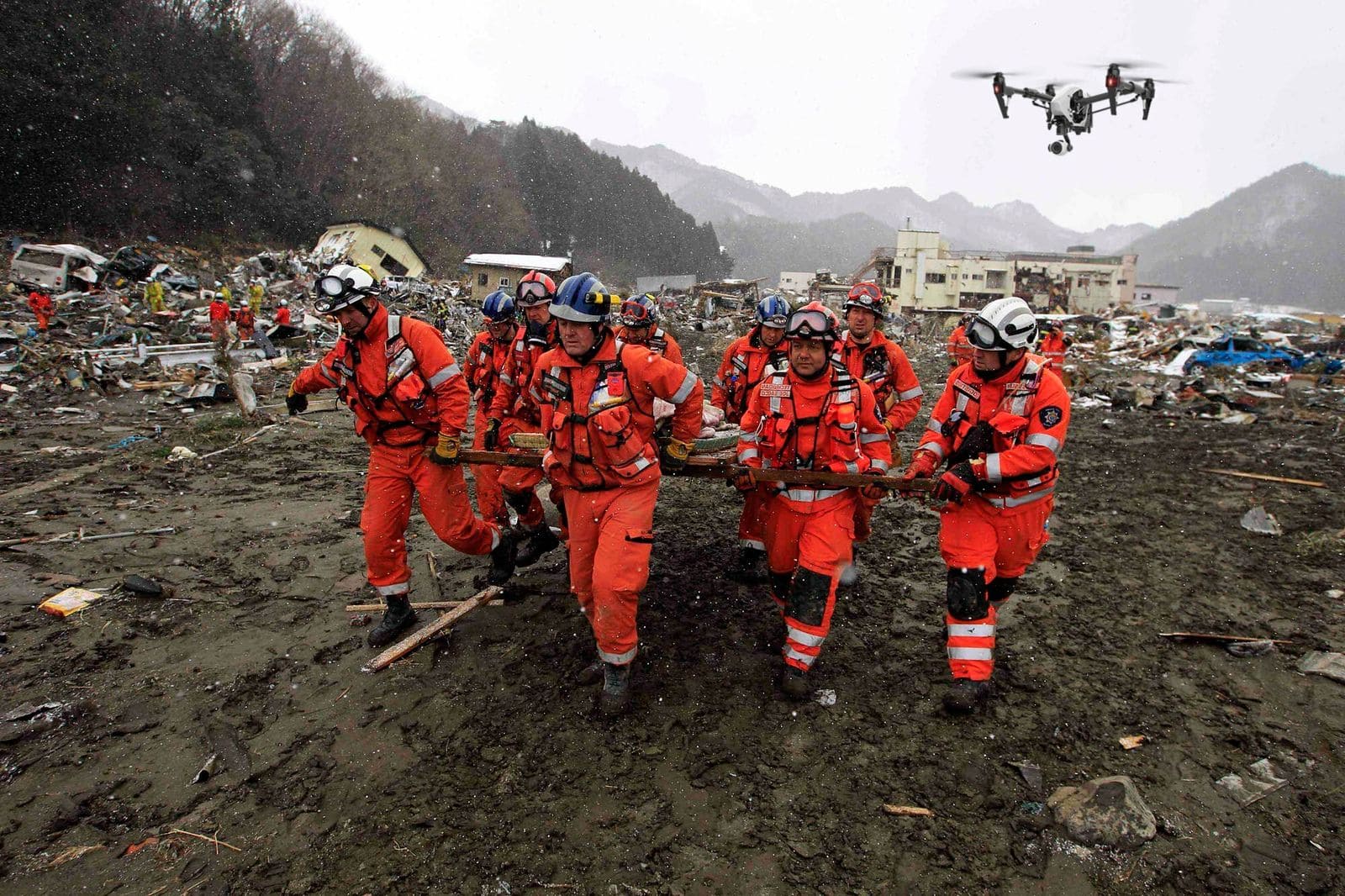
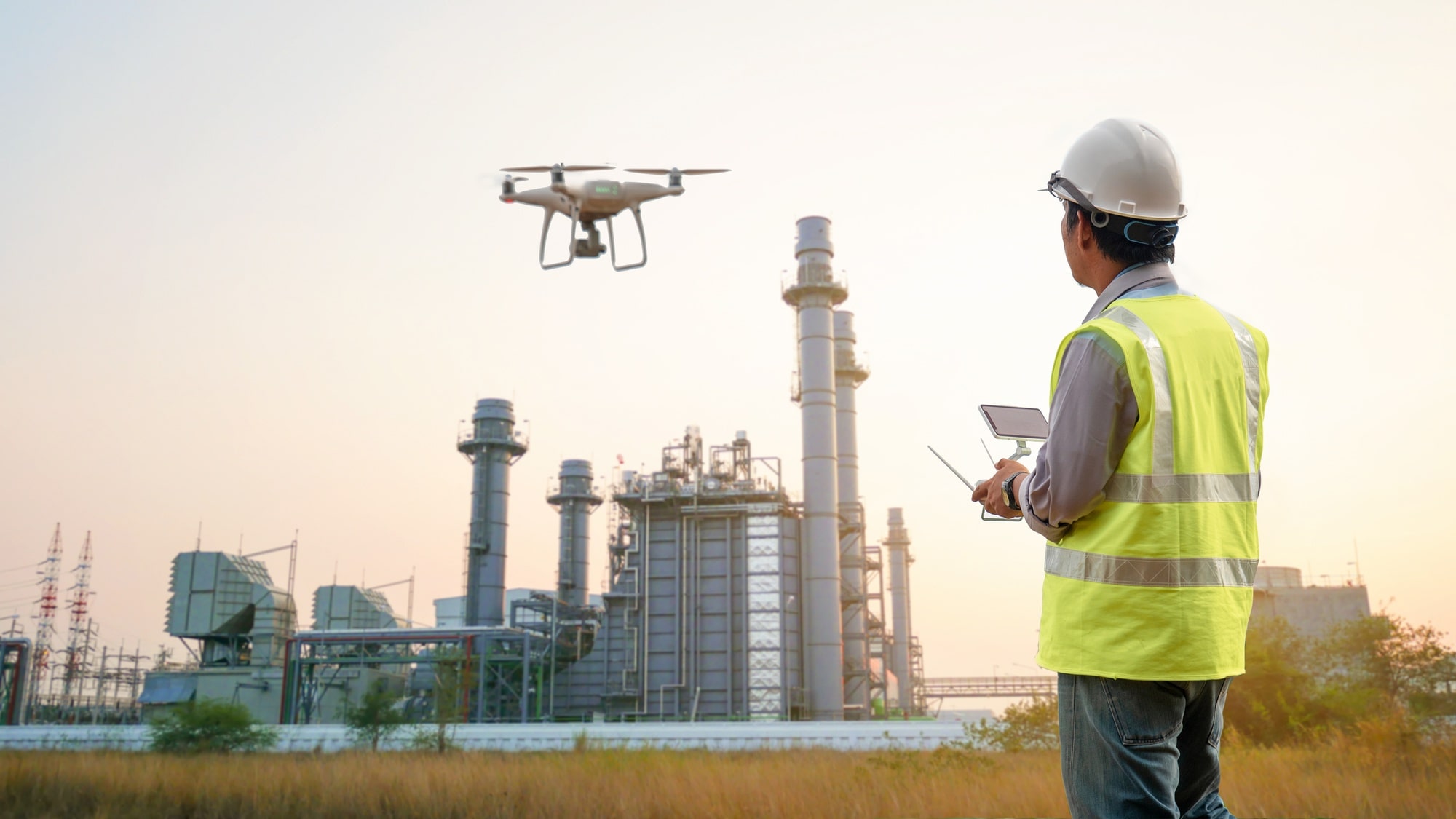
Infrastructure Inspection
The maintenance of infrastructure such as bridges, roads, and buildings demands regular inspection. Thermal drones streamline these processes, identifying potential issues like heat loss, water leaks, or structural weaknesses without the need for physical access. This not only saves time and resources but also ensures the safety of inspectors by minimizing the need for direct contact with potentially hazardous structures.
Agriculture
Agriculture has seen revolutionary changes with the introduction of thermal drones. Farmers utilize these drones to monitor crop health, irrigation needs, and pest or fungal infections. By detecting variations in plant temperature, thermal drones assist in identifying stressed crops early, enabling timely intervention and thereby improving crop yield and quality.
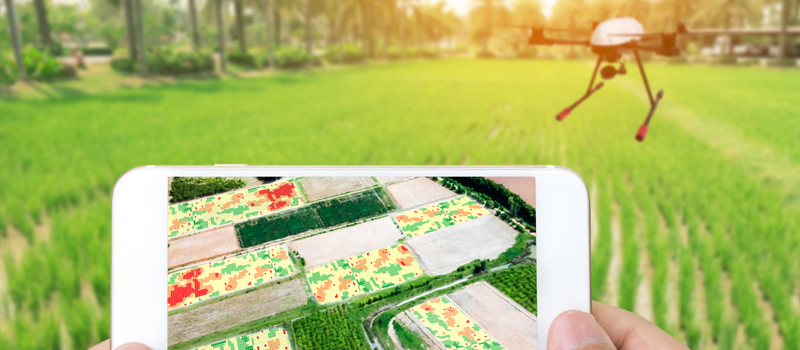
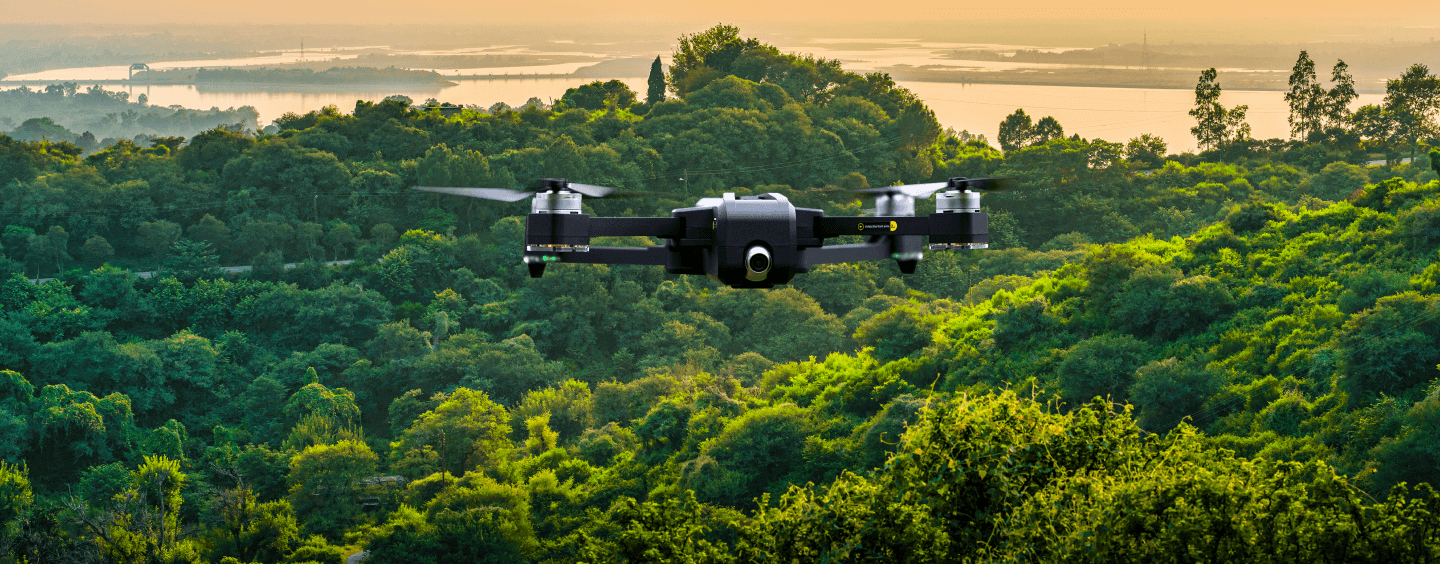
Environmental Monitoring
Thermal drones play a pivotal role in environmental conservation efforts. They monitor wildlife populations, detect forest fires at their inception, and assess the health of ecosystems. In pollution control, these drones can identify sources of heat pollution in water bodies or illegal dumping of hazardous materials, aiding in the protection of natural habitats.
Security and Surveillance
The applications of thermal drones in security are vast, from border patrol to the surveillance of critical infrastructure. They provide a discreet way of monitoring large areas or perimeters, day or night, detecting unauthorized entries or activities through thermal signatures.
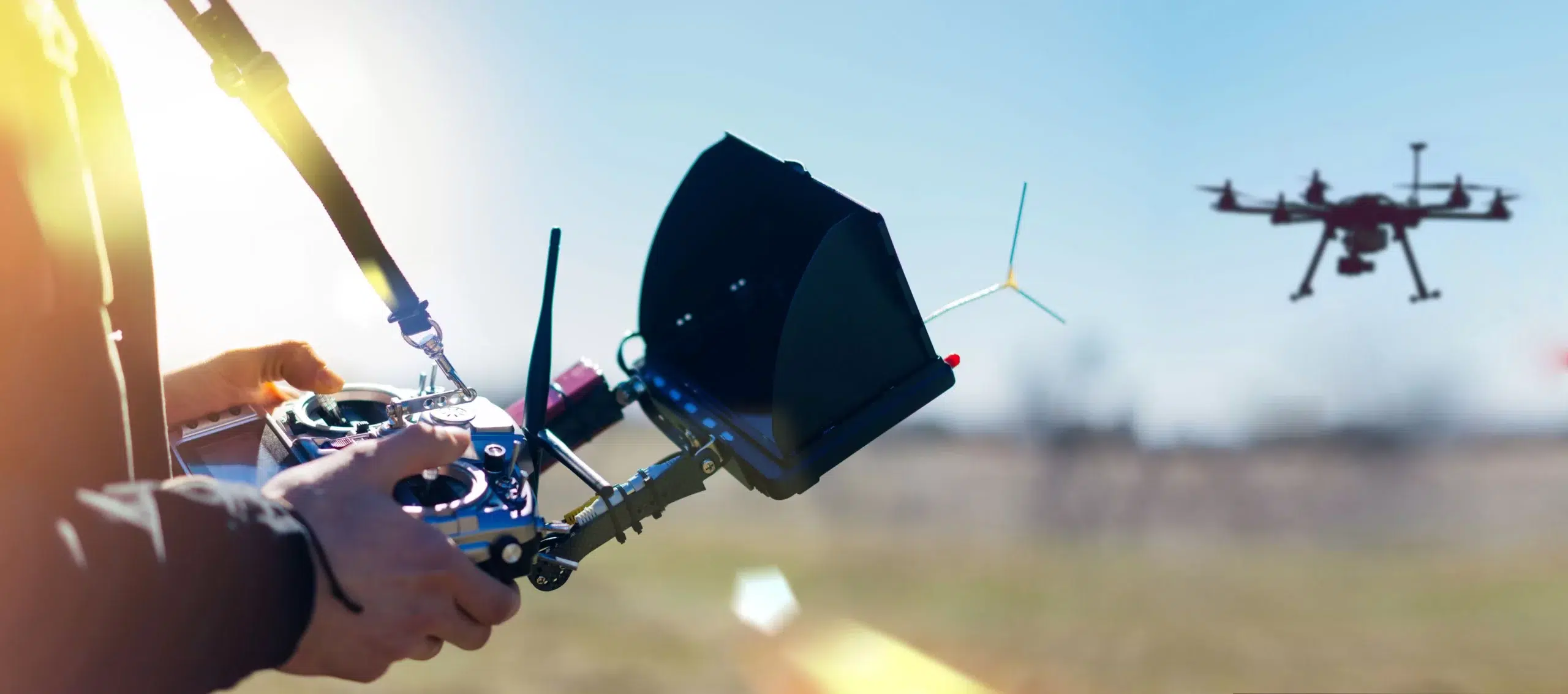
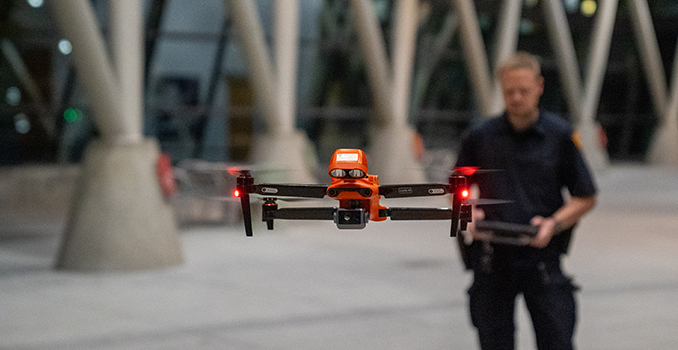
Health and Safety
In industries like mining, construction, and manufacturing, thermal drones contribute to health and safety by monitoring operational conditions, detecting heat sources indicative of potential equipment failures, and ensuring that safety standards are met. Their use in hazardous environments reduces the risk to human inspectors by providing a remote means of assessment.
Featured Products Overview
Each of the drones mentioned has been designed with specific applications in mind, embodying the pinnacle of thermal imaging technology. Here’s a closer look at these products:
DJI Mavic 3 Pro
The DJI Mavic 3 Pro stands out for its dual-camera system, featuring a 4/3 CMOS Hasselblad sensor for unmatched image quality and a thermal camera for temperature-sensitive operations. Its compact size and agility make it ideal for a wide range of applications, from infrastructure inspection to environmental monitoring.
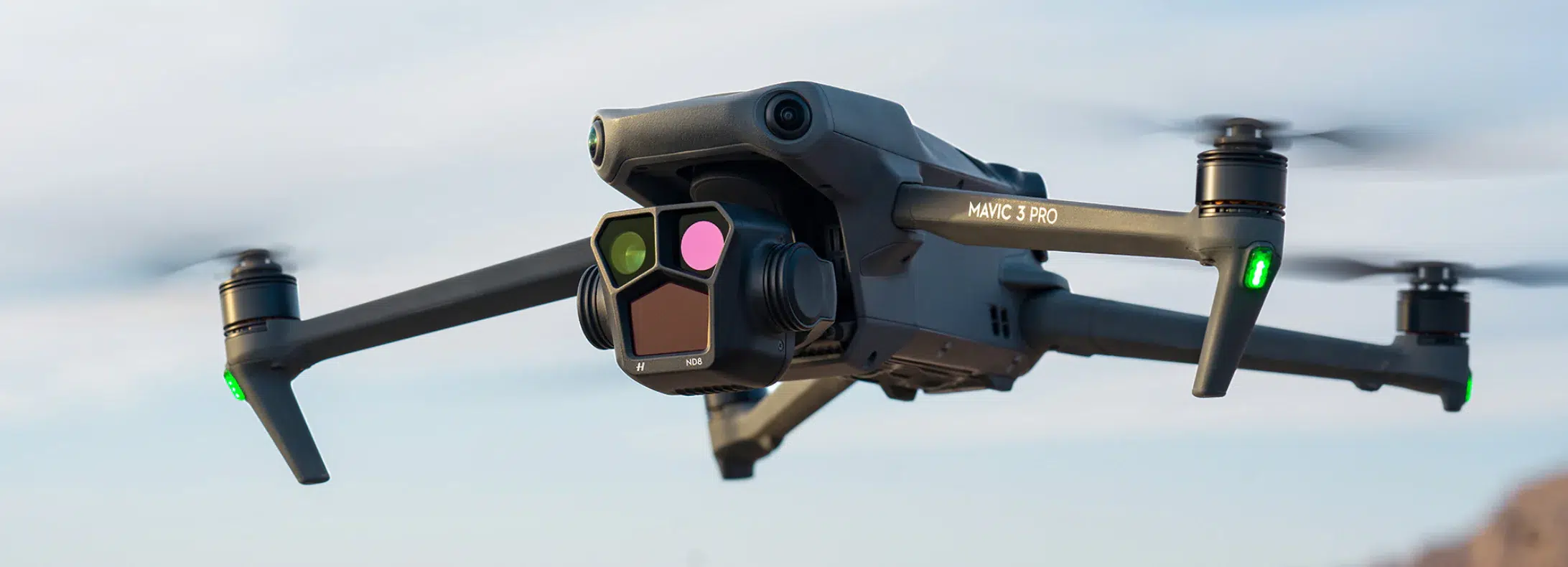
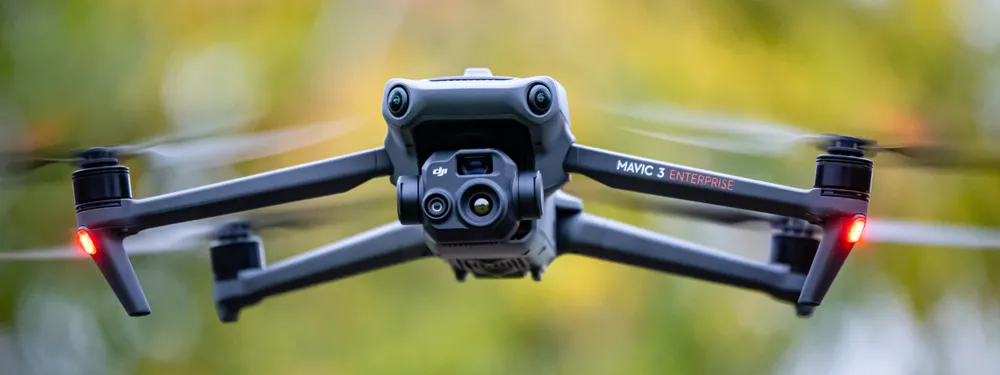
DJI Mavic 3 Thermal
Designed specifically for thermal imaging, the DJI Mavic 3 Thermal is equipped with a high-resolution thermal camera. This drone is particularly effective in search and rescue operations, infrastructure inspections, and agriculture, offering precise temperature measurements from the air.
DJI Matrice M30T
The DJI Matrice M30T is a versatile and rugged drone designed for industrial applications. It features a hybrid camera system that includes thermal imaging, making it perfect for complex operations in sectors like public safety, inspection, and environmental monitoring.
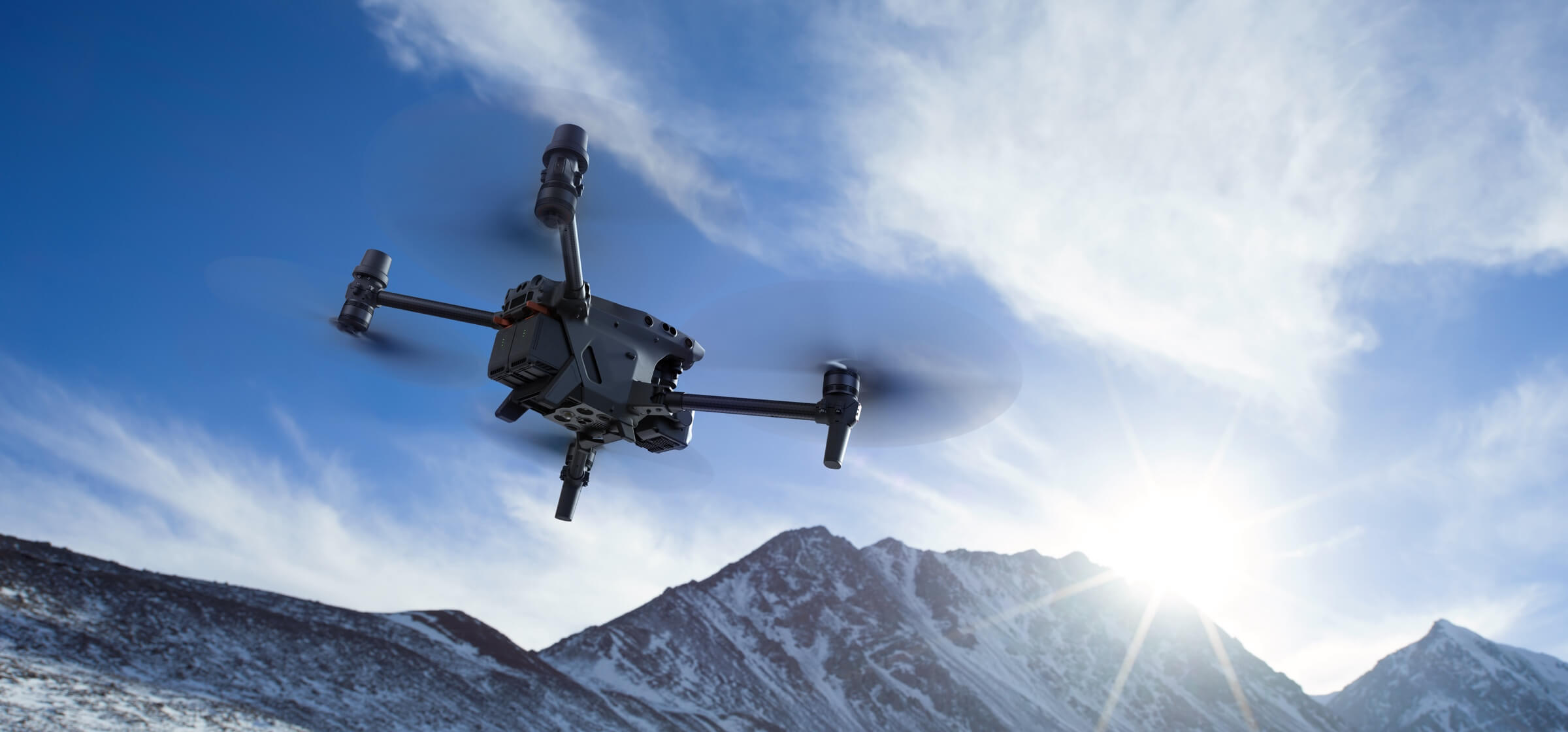
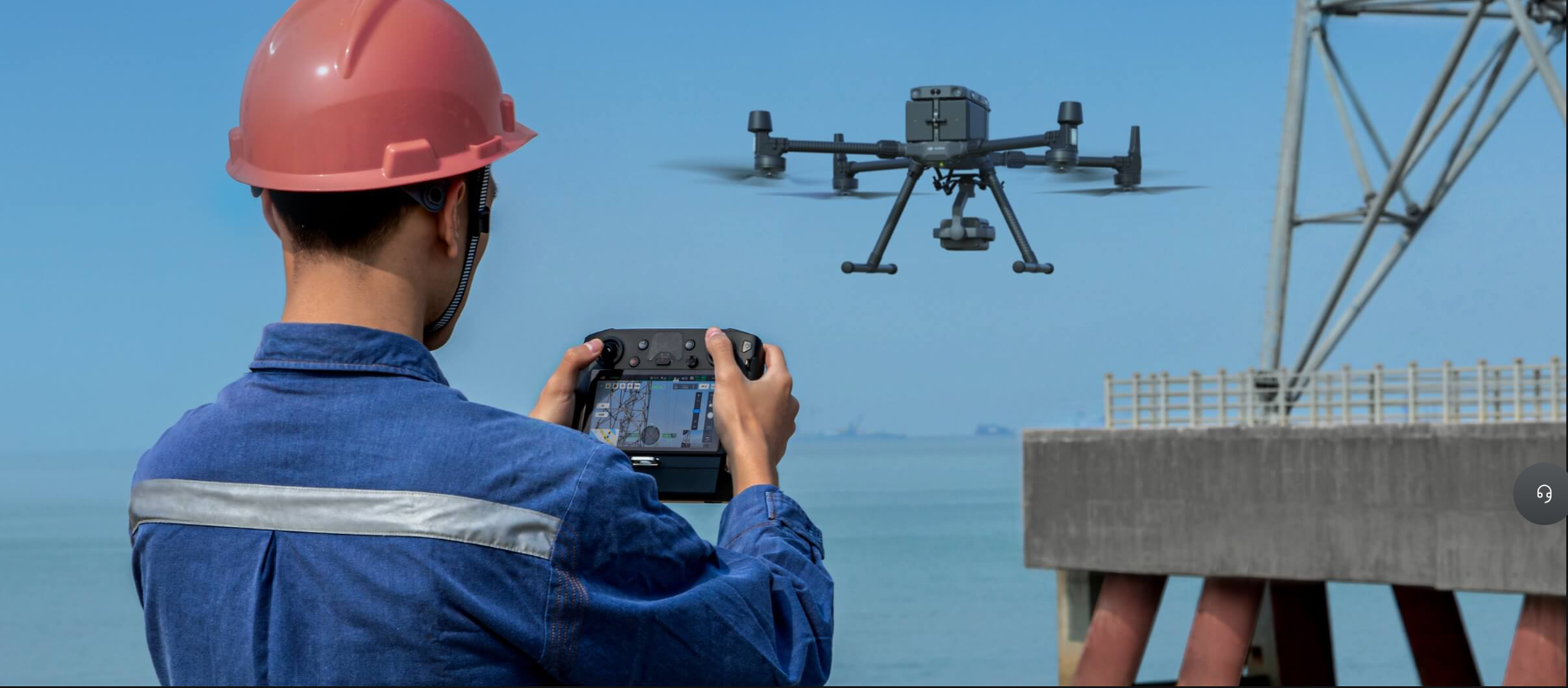
DJI Matrice 300 RTK
The DJI Matrice 300 RTK is renowned for its advanced positioning system and robust design, suitable for demanding industrial environments. Its thermal camera is pivotal for detailed inspections and surveillance in critical infrastructure, energy, and utilities.
Resolution and Sensitivity: The thermal camera’s resolution and thermal sensitivity are paramount. Higher resolution provides clearer images, essential for detailed inspections, while sensitivity affects the drone’s ability to detect minute temperature differences.
Flight Time and Range: Operational efficiency depends on how long and far the drone can fly. Longer flight times reduce the need for frequent landings to recharge, and an extended range allows for broader area coverage.
Durability and Weather Resistance: The operating environment dictates the drone’s required durability and resistance to weather elements. Industrial and outdoor applications often require rugged drones that can withstand harsh conditions.
Integration and Compatibility: Consider how the drone integrates with existing systems and workflows. Compatibility with analysis software and ease of data transfer are crucial for seamless operations.
Regulatory Compliance: Ensure that the drone meets all local and industry-specific regulations, including privacy laws and airspace restrictions.
Cost: Finally, balance the drone’s capabilities with your budget. While higher-end models offer advanced features, determine which specifications are essential for your applications to find the best value.
Choosing the Right Thermal Drone
Selecting the perfect thermal drone for your enterprise needs involves considering several critical factors. Understanding these can help you navigate the options and make an informed decision:

Zenmuse H20T
The Zenmuse H20T, a quad-sensor camera designed to be mounted on DJI Matrice drones, integrates a thermal camera alongside visual and zoom cameras. This combination offers unparalleled detail and versatility for inspections, search and rescue, and environmental monitoring.
Autel EVO II Dual 640T
The Autel EVO II Dual 640T shines with its dual-camera setup, combining a 640×512 thermal sensor with a high-resolution visual camera. This drone is a powerhouse for public safety, search and rescue, and building inspections, providing critical data in challenging conditions.
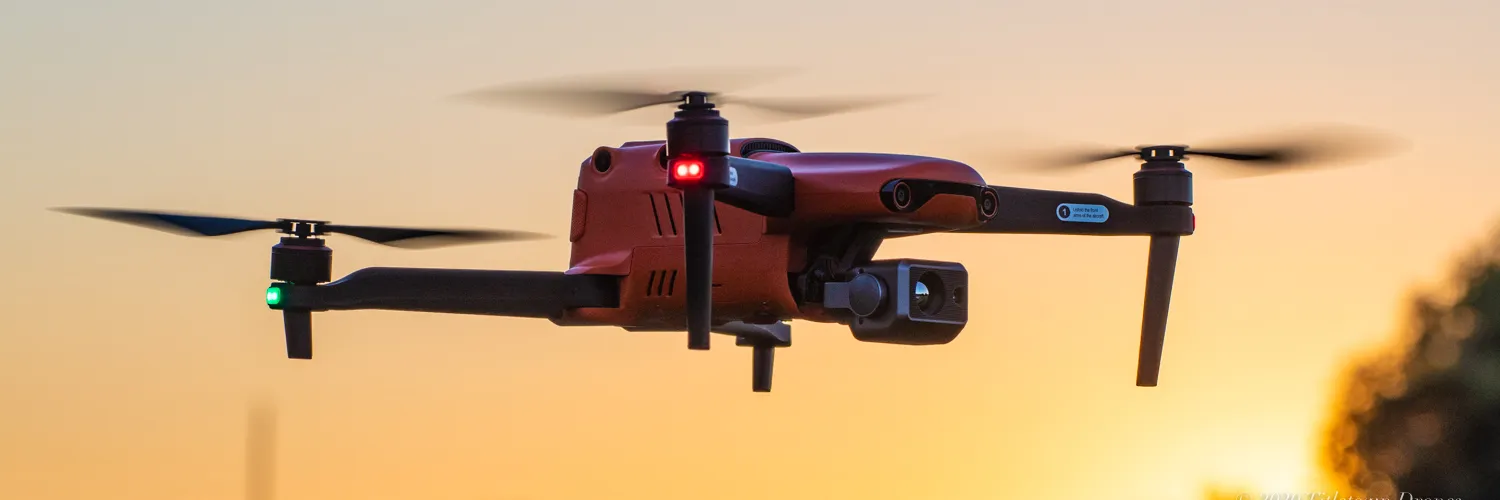
Future Trends in Thermal Drone Technology
The future of thermal drones is promising, with technological advancements anticipated to enhance their capabilities even further. Here are some trends to watch:
AI Integration: Artificial intelligence will play a larger role in drone operations, automating data analysis to identify patterns and anomalies in thermal images quickly.
Miniaturization: As components become smaller and more efficient, expect to see more compact drones with advanced thermal imaging capabilities, making them accessible for a broader range of applications.
Increased Autonomy: Advances in autonomous flight technology will enable drones to perform more complex tasks with minimal human intervention, improving safety and efficiency in operations.
Better Sensor Technology: The development of more sophisticated sensors will provide higher resolution thermal images and more accurate temperature measurements, expanding the drones’ utility across various industries.
Integration with Other Technologies: The convergence of thermal drones with other emerging technologies, such as augmented reality (AR) for enhanced data visualization, will open new avenues for application and innovation.
Conclusion
Thermal drones are transforming industries by providing a powerful tool for monitoring, inspection, and analysis from the skies. With a range of models like the DJI Mavic 3 Pro, DJI Mavic 3 Thermal, DJI Matrice M30T, DJI Matrice 300 RTK, Autel EVO II Dual 640T, and Zenmuse H20T, enterprises have a wealth of options to choose from, each offering unique features tailored to specific needs. As technology continues to advance, the potential applications for thermal drones will expand, further revolutionizing how businesses operate and manage their operations. Embracing thermal drone technology today can equip enterprises with the tools to enhance efficiency, safety, and decision-making, ensuring they remain at the forefront of innovation.

